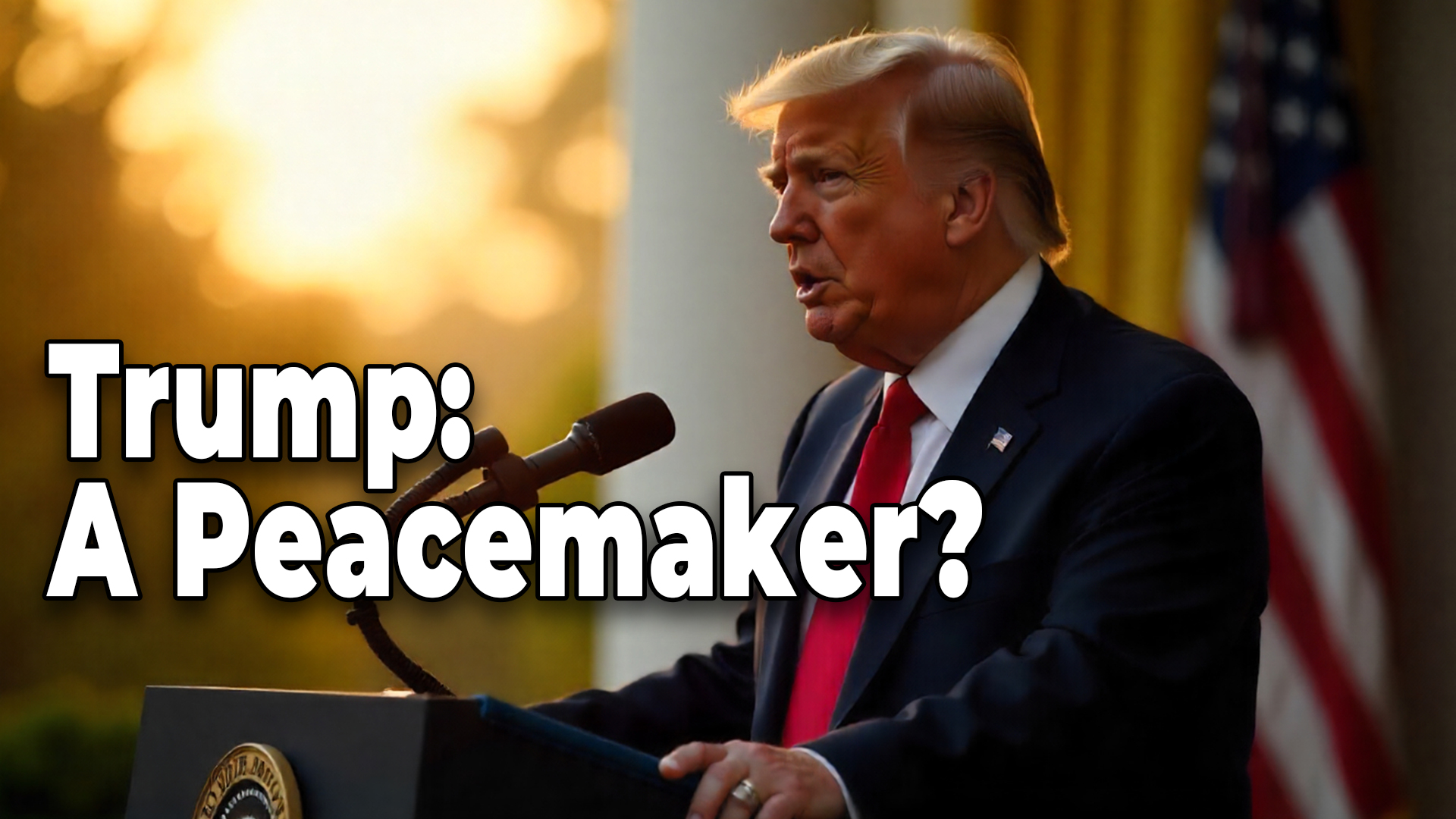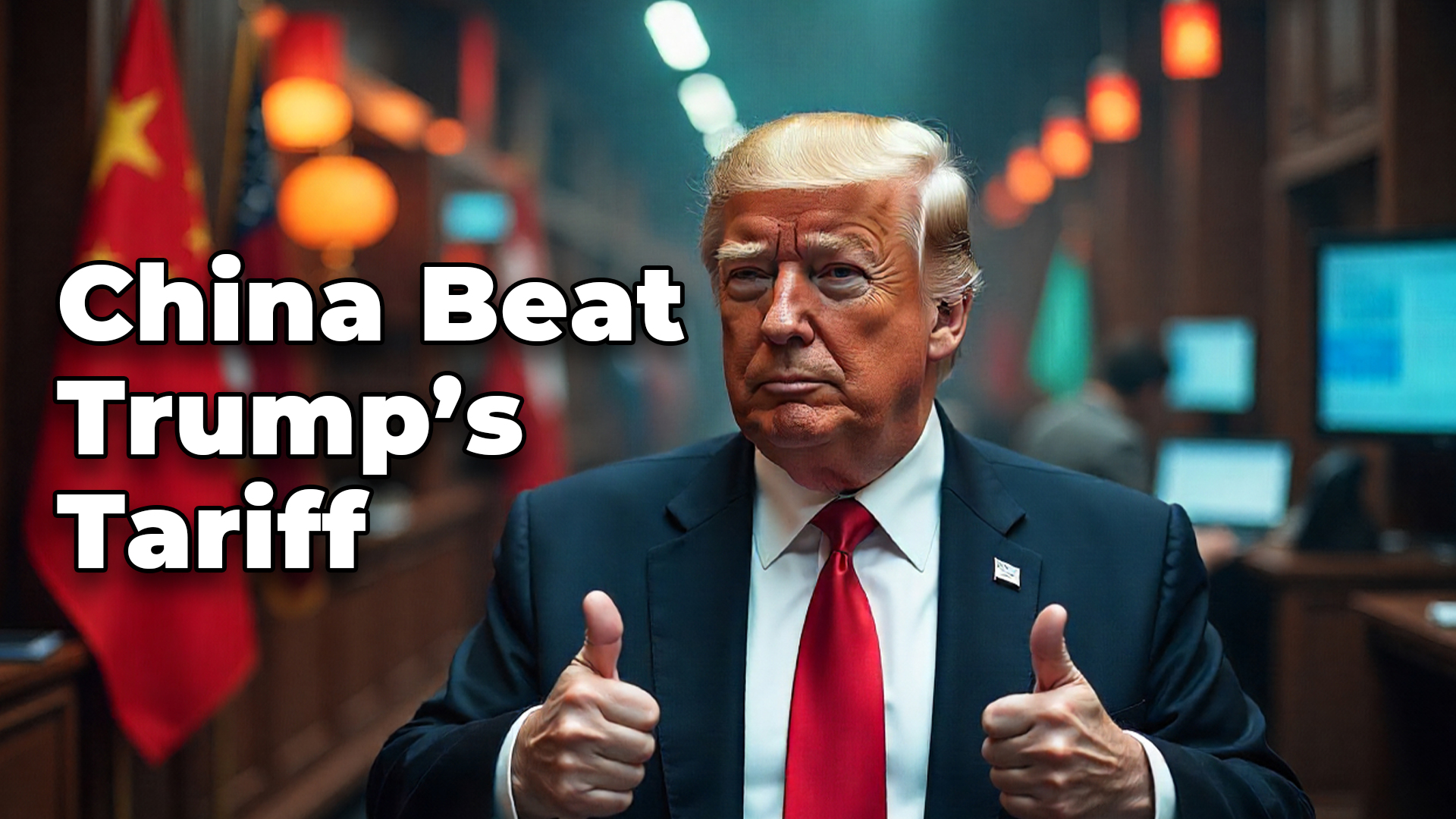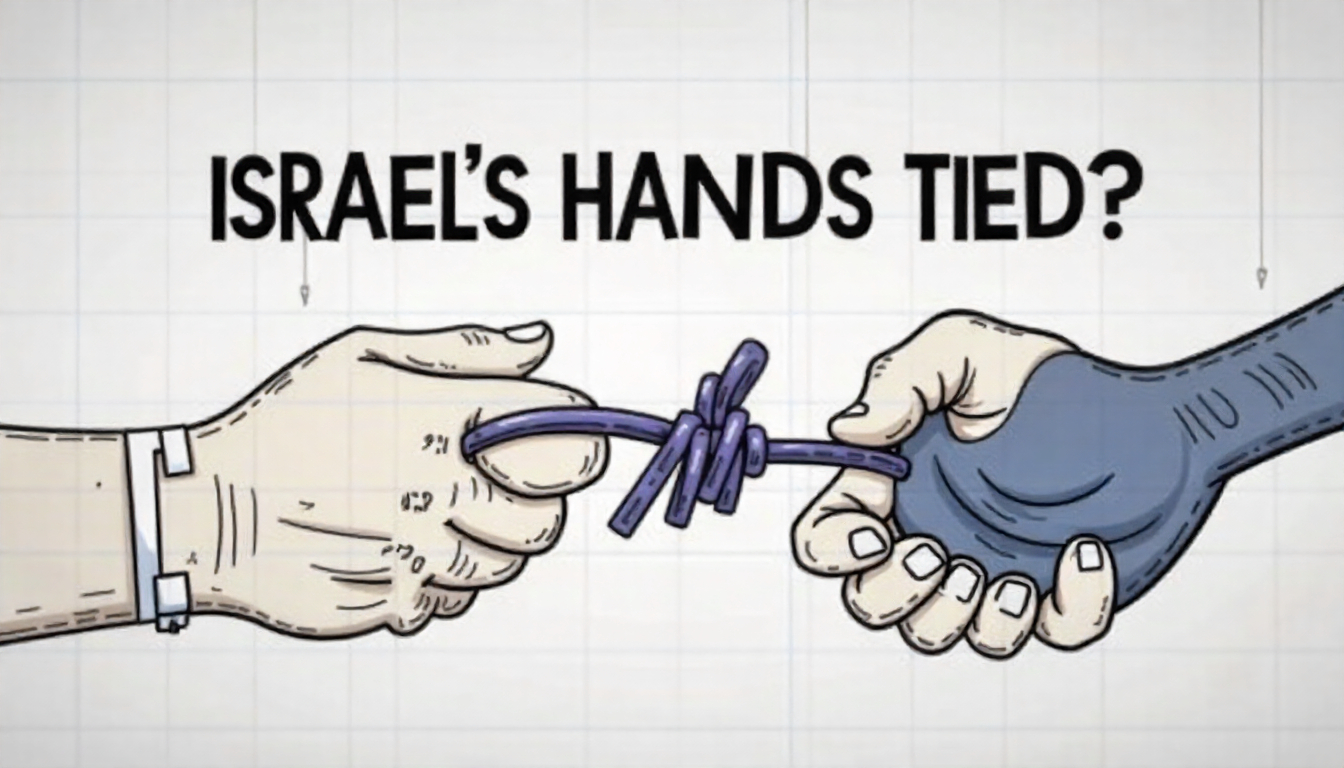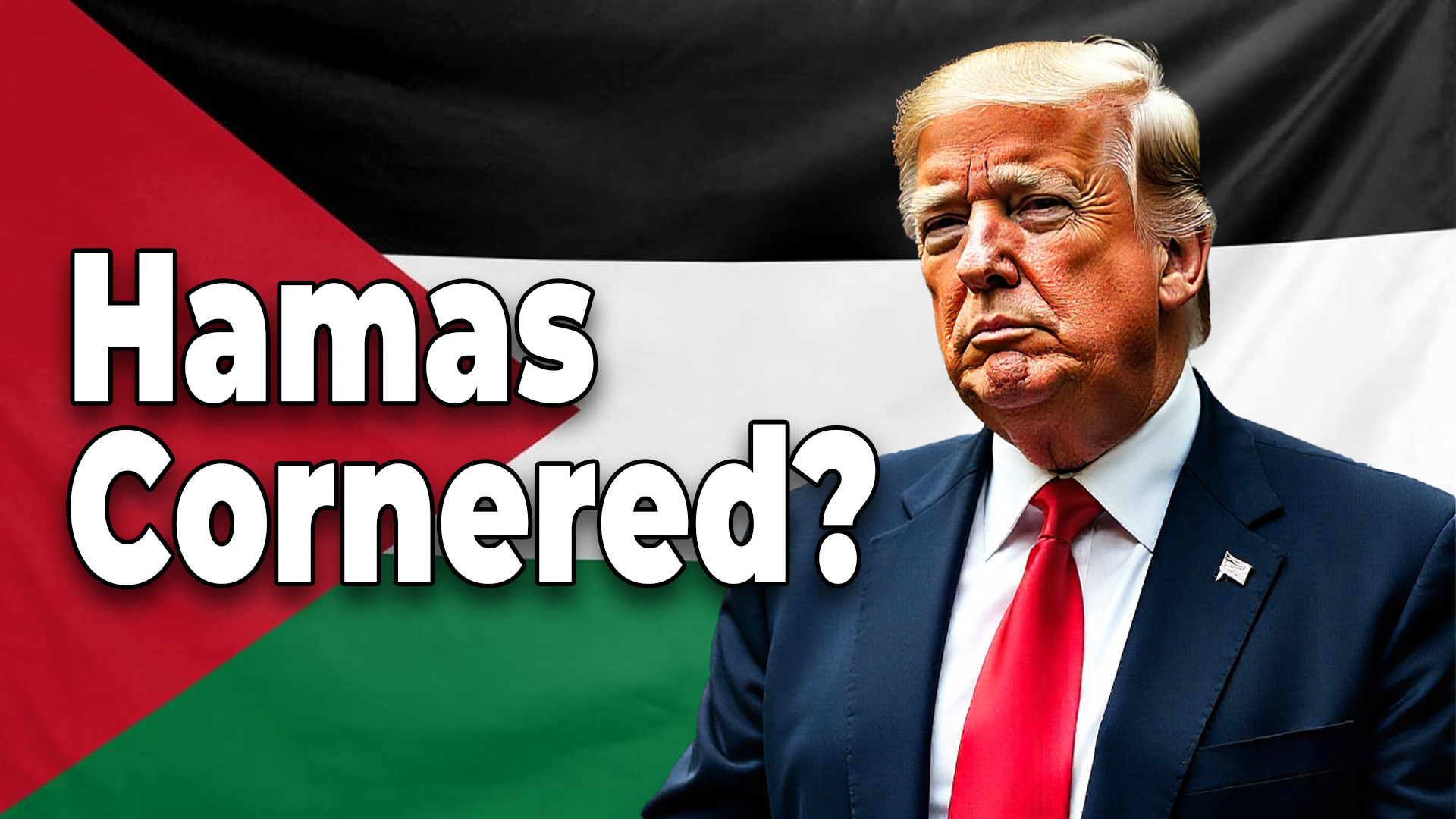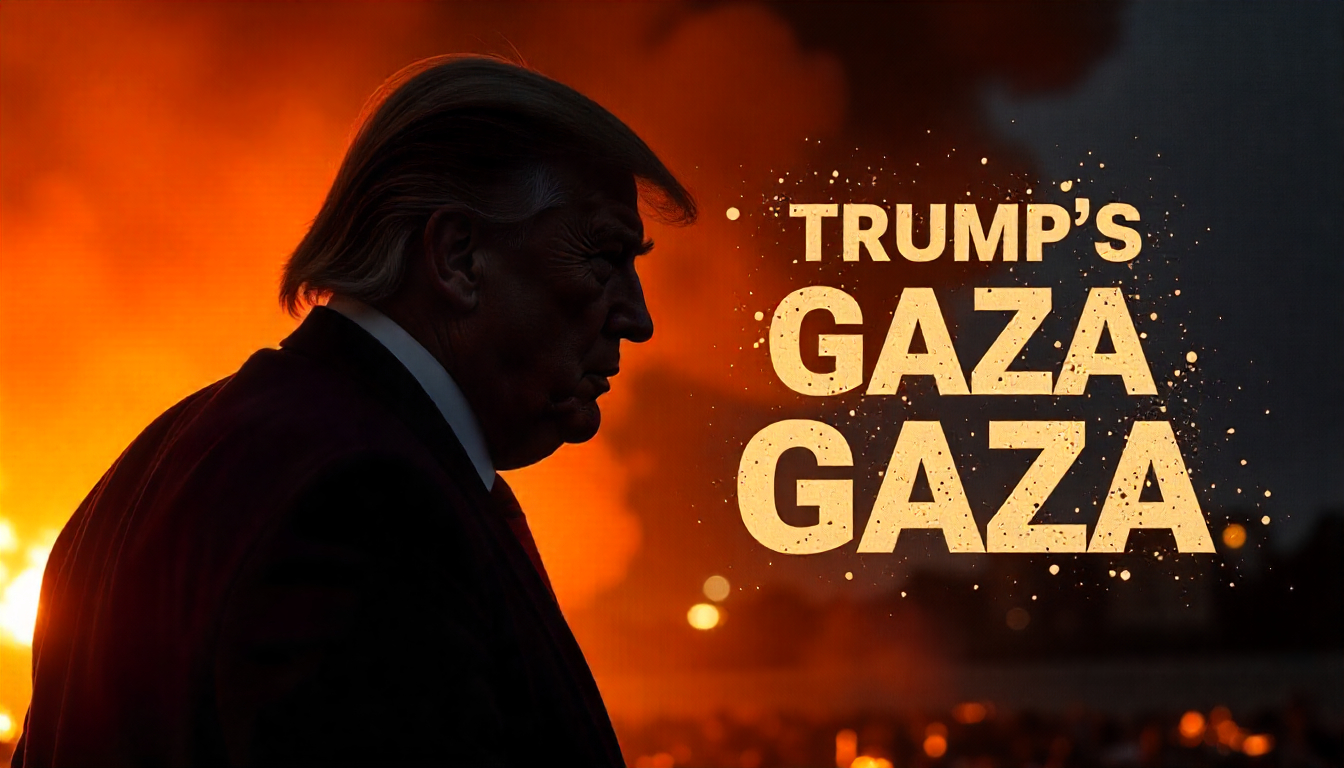In 2025, Donald Trump is once again presenting himself as a global statesman-peacemaker. From the war between Ukraine and Russia, to the conflicts involving Israel, Iran and Hamas, he has inserted himself into high-stakes negotiations and military escalations alike. But when you peel back the rhetoric, the record is mixed—sometimes contradictory. The question remains: is he truly a peacemaker, or is the term more about image, power and political positioning?
The Day Israel Lost Its Grip on Hamas
1. Trump’s Input in Ukraine & Russia: Ambitious Rhetoric, Sparse Results
What we know:
- In early 2025, Trump announced that Ukraine was “ready to come to the negotiating table” and that he had been in “serious discussions with Russia.”
- He floated bold language—“very well advanced” peace efforts, or “fairly soon or not at all.”
- He proposed dramatic ideas such as a “land-swapping” arrangement between Ukraine and Russia to reach peace.
- At the same time, his administration signalled will-ingness to walk away if progress wasn’t visible: “We’re going to just take a pass.”
Analysis of impact:
- While the door to negotiation was opened, no major cease-fire or peace treaty has been achieved. The war remains active.
- Trump’s proposals (e.g., land concessions, territorial trade-offs) have been controversial, especially in Ukraine, which rejects giving up land as a price for peace.
- The messaging often emphasised what Ukraine must concede rather than what Russia must give up—raising doubts about whose side the mediation favoured.
- The “peacemaker” label thus appears more aspirational than operational. Trump has been active in speech and signalling, but less so in delivering a durable settlement.
Verdict on Ukraine/Russia: Trump’s engagement in the war displays ambition and visibility. Yet, the outcomes to date are limited and could generally be described as pre-negotiation signaling rather than mediation success.
2. Israel, Iran & Hamas: Military Escalation Coupled with Diplomatic Triggers
What happened:
- In June 2025, the U.S., under Trump’s watch, carried out air-strikes on Iranian nuclear facilities (sites at Fordow, Natanz, Esfahan) in coordination with Israel. Trump called them “totally obliterated.”
- Amid the Israel-Iran conflict, Trump floated a two-week decision window on U.S. military involvement and declared the U.S. was “always interested in a diplomatic solution … but not afraid to use strength.”
- The strikes dramatically raised the stakes, with Iran retaliating and regional tensions escalating.
- On the Israel-Hamas front, Trump framed a cease-fire deal and claimed credit for ending a chapter of fighting between Israel and Hamas—though those details remain contested in real-time.
Analysis of impact:
- Military escalation undercuts the “peace” narrative. If peacemaking is defined as ending conflict through negotiation, then launching massive strikes complicates that framing.
- The post-strike diplomacy seems reactive: after damage, then talks. That puts Trump in the “escalation first, negotiate later” category—not the typical “prevent war, then resolve” archetype.
- The Israel-Hamas piece: While claims exist of a deal brokered by the U.S., independent verification and durability remain uncertain.
- Thus in the Middle East theatre, Trump’s role is mixed: part mediator, part military backer, and part amplifier of conflict.
3. Does the Bombing Undermine the “Peacemaker” Claim?
Yes. If a leader bombs three Iranian nuclear sites and then says he wants peace, the message is ambiguous at best. On the one hand, it can be argued that the show of force pushes adversaries to the table. On the other hand, it can entrench opposition, invite wider war, and undermine the credibility of diplomatic-only solutions. Trump’s posture—“strike first, negotiate if forced”—tilts more toward power-broker than peace-architect.
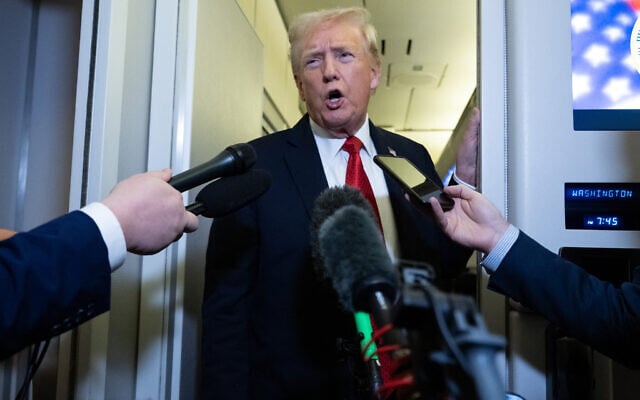
US President Donald Trump speaks with the media aboard Air Force One prior to landing at Joint Base Andrews in Maryland, October 19, 2025, as he returns from West Palm Beach, Florida, after spending the weekend at Mar-a-Lago. (SAUL LOEB / AFP)
4. So: Is Trump a Peacemaker—or Just a Political Image?
Putting together Ukraine/Russia and Middle East dynamics, several patterns emerge:
- Trump enjoys negotiating optics and media moments (“I’ll be the one to get the deal done”).
- His peace plans frequently expect major concessions from one side rather than balanced compromise.
- He does not consistently stay engaged long-term in mediation; when progress stalls, he signals walking away.
- Military escalation often precedes diplomacy in his playbook, rather than prevention of violence.
- Outcomes remain unclear and incomplete: no definitive peace treaty in either major theatre yet.
My conclusion:
Trump is not a peacemaker in the traditional sense of “facilitating a viable, lasting settlement without escalation.” He is better described as a powerful negotiator-escalator: one who uses leverage (sometimes military) to generate position, then presents or negotiates deals—sometimes beneficial, sometimes politically expedient. The “peacemaker” label seems more image than substance at this stage.
5. Final Take
Trump might want to be a peacemaker, and he certainly acts like it for optics. But the evidence suggests a different reality: wars continue, settlements remain elusive, and his approach often amplifies rather than diffuses conflict. Until a durable peace is achieved in Ukraine, and until Middle East agreements avoid renewed escalation, it is premature to call Donald Trump a true peacemaker.

